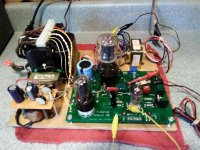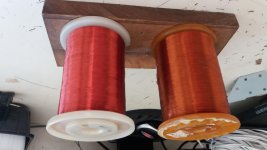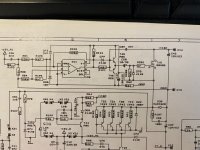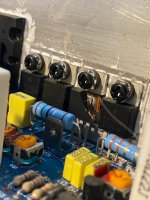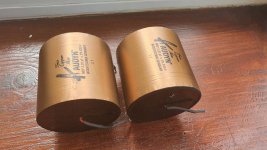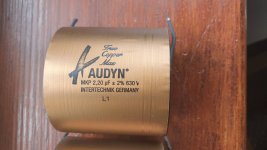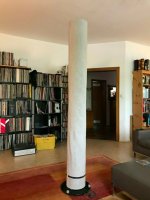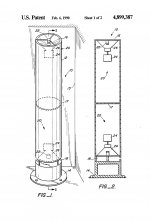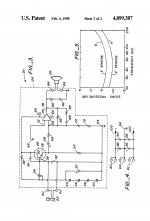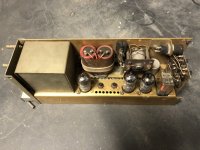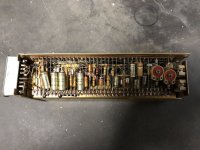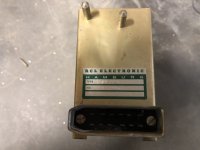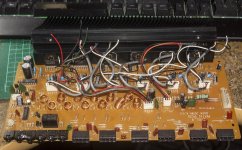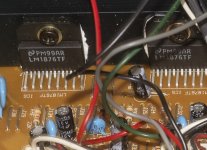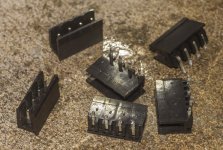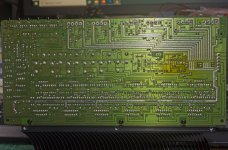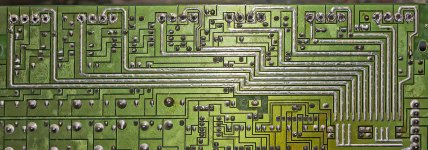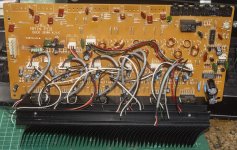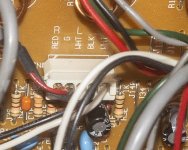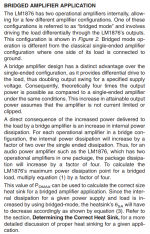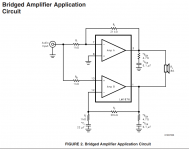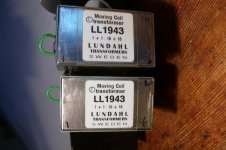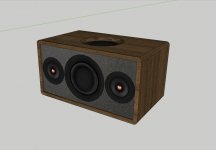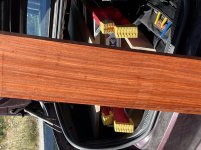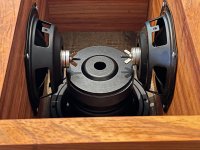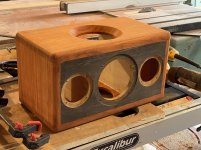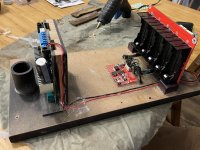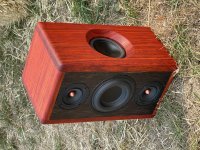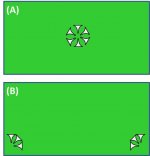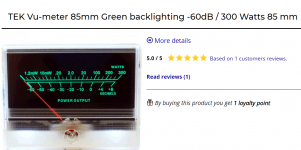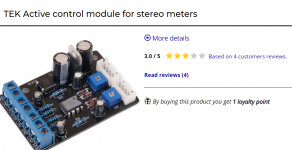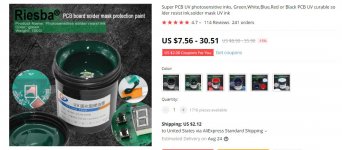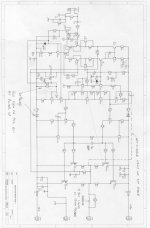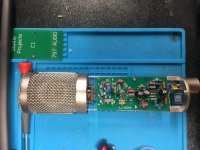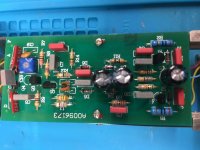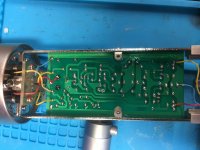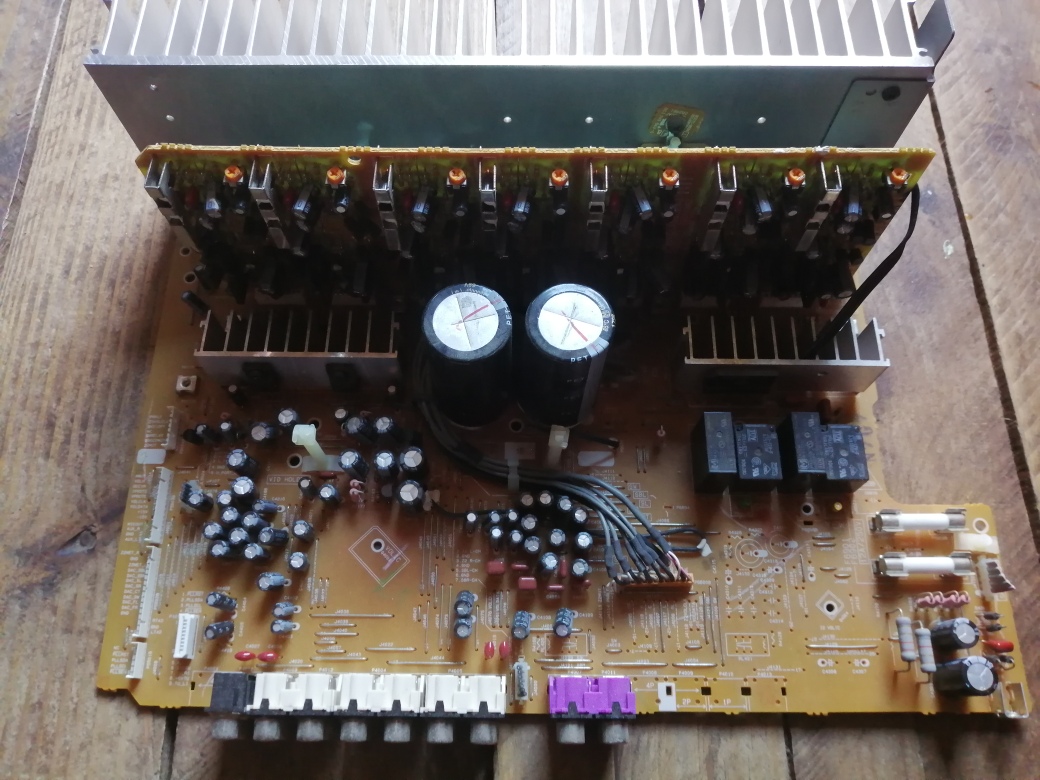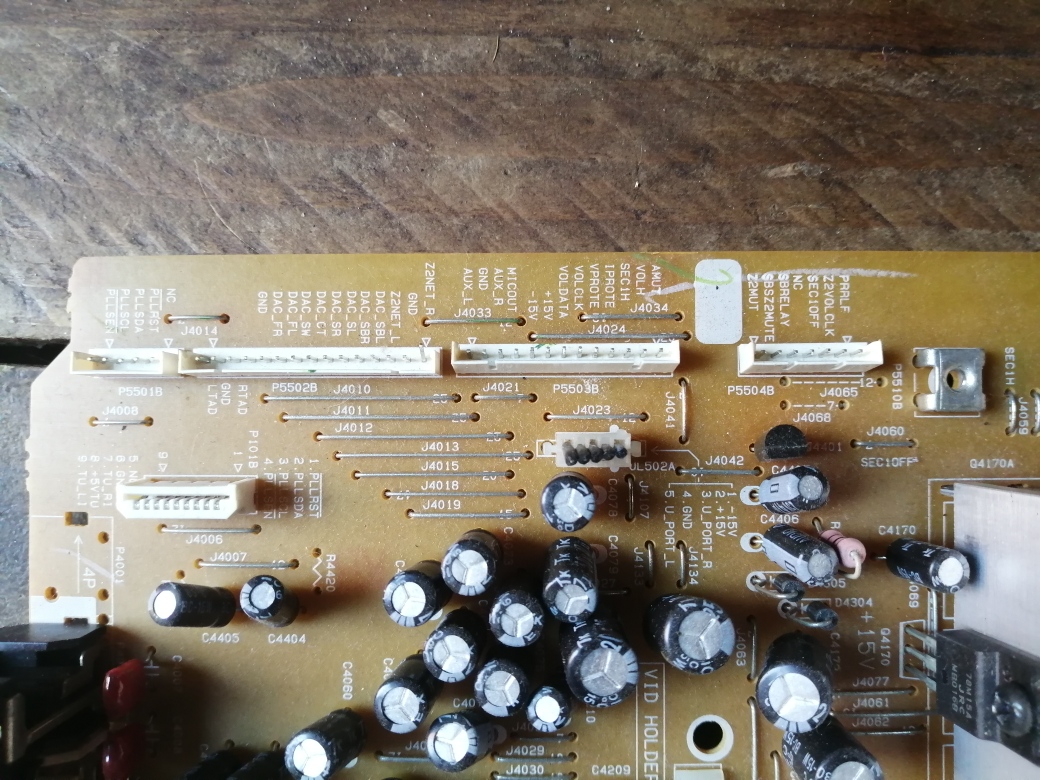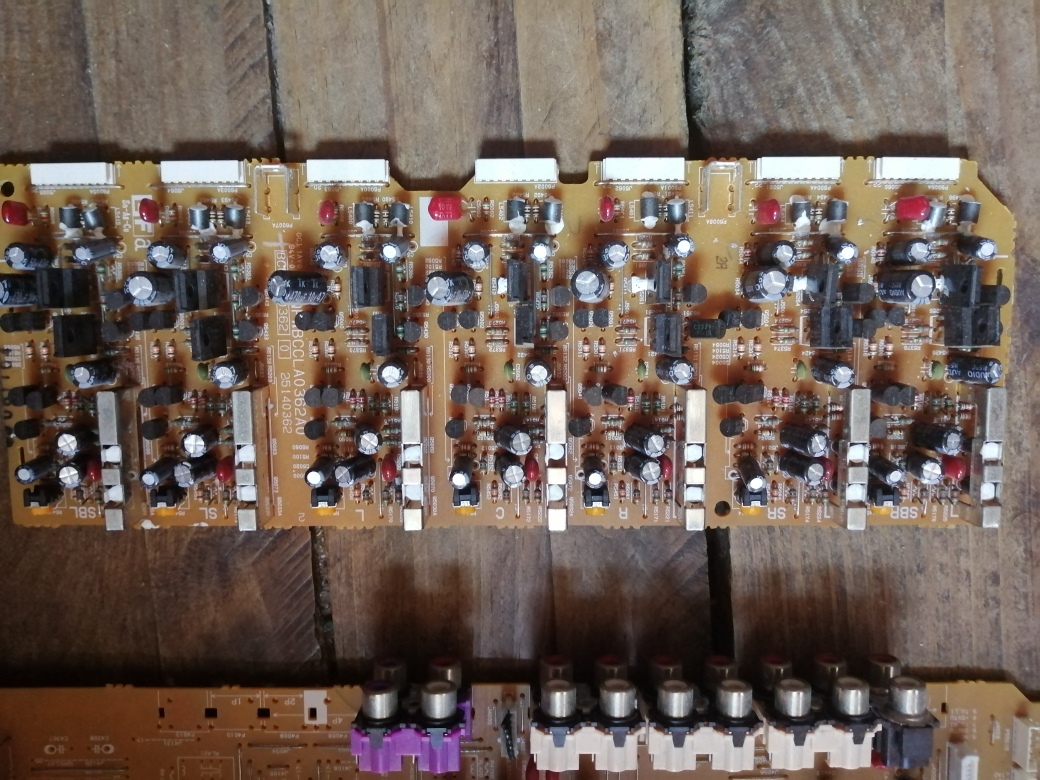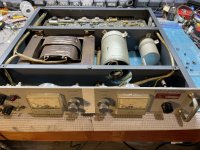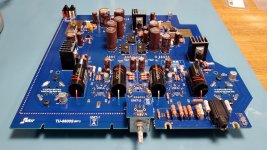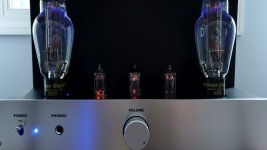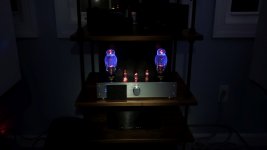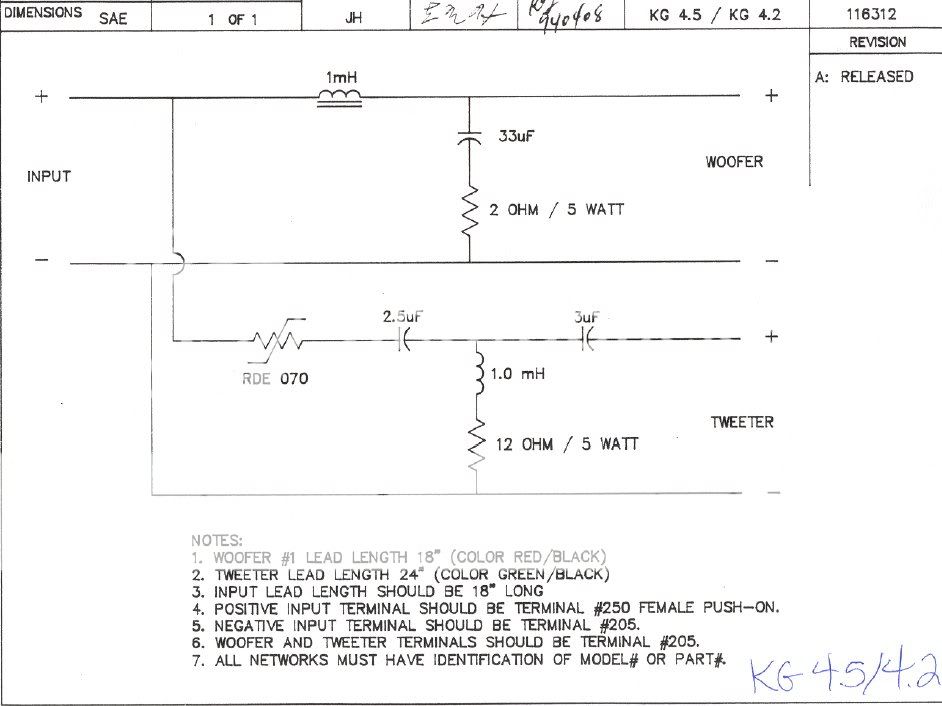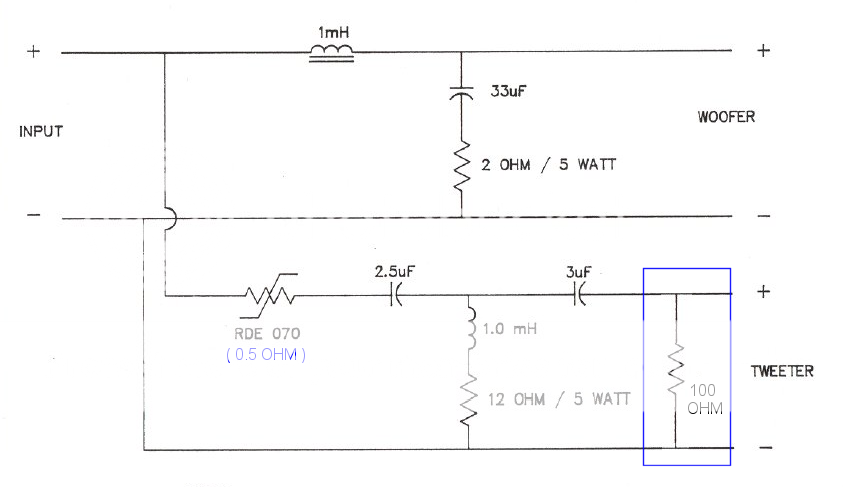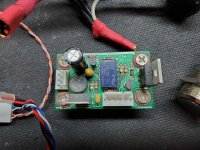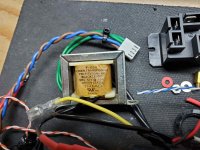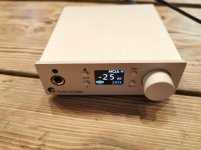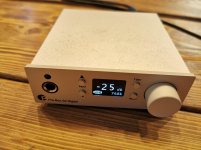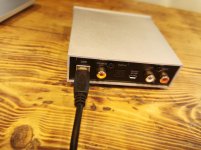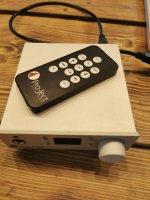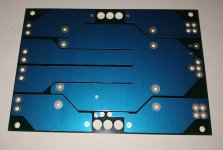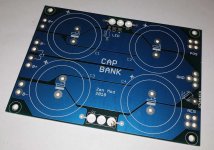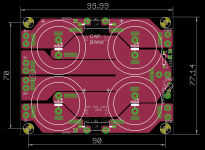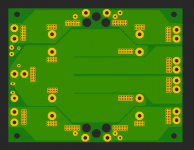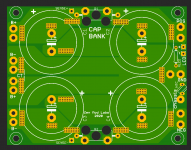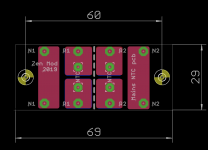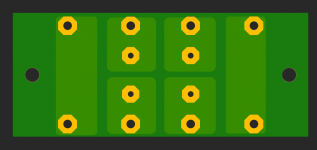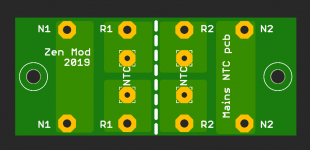Bluetooth Audio Receiver - any recommendations?
- By Luddite101
- Digital Line Level
- 5 Replies
I'm looking for a Bluetooth receiver unit - to use in applications like putting Bluetooth into old car stereos, or adding BT to home audio devices etc.
Online searches give suggestions, but if even if they are just a year or two old, sometimes either the items are no longer available or there's new and better models.
The features I'd like would be ...
* When pairing, only beeps are audible, not a voice at full volume announcing the pairing!
* Preferably aux input so the Bluetooth can be interchangeable with an aux in, particularly useful for car stereos.
* Power input can be anything but 5v-12v DC as they mostly are.
* Just line-level out, no further amplification.
* Preferably just circuit boards, rather than units in plastic casings.
I don't wish to buy every cheap Chinese unit on the market in a process of elimination, but I've had two so far and rejected them...
Bluetooth Audio Receiver Board Bluetooth 5.0 MP3 Lossless Decoder Module | eBay
(sometimes called XY-BT-Mini or JH-BT) It works OK but has the annoying, loud spoken pairing messages. If only there was a way to change that these might be ok.
DollaTek Upgraded version of Bluetooth 4.2 audio MP3: Amazon.co.uk: Electronics
(Dollatek, or LQSC or Drok brand - seems to be all the same).
It pairs quickly, only has beeps to pair, and it has aux inputs, but the sound quality is terrible - thin, no bottom, plus there's a raspy whistle which seems to begin and end when an audio track is played. (Power supply was 9v battery to avoid power supply noise).
(This unit gets good reviews on Amazon, making me wonder if I just got a dud. If that was the case, is there any fixes which can be made to mine before I send it back?)
Any recommendations for cheap Bluetooth receivers?
Or on the other hand - suggestions of ones to avoid? At least it will help us know what not to waste time and small amounts of money on.
Thanks
Jim
Online searches give suggestions, but if even if they are just a year or two old, sometimes either the items are no longer available or there's new and better models.
The features I'd like would be ...
* When pairing, only beeps are audible, not a voice at full volume announcing the pairing!
* Preferably aux input so the Bluetooth can be interchangeable with an aux in, particularly useful for car stereos.
* Power input can be anything but 5v-12v DC as they mostly are.
* Just line-level out, no further amplification.
* Preferably just circuit boards, rather than units in plastic casings.
I don't wish to buy every cheap Chinese unit on the market in a process of elimination, but I've had two so far and rejected them...
Bluetooth Audio Receiver Board Bluetooth 5.0 MP3 Lossless Decoder Module | eBay
(sometimes called XY-BT-Mini or JH-BT) It works OK but has the annoying, loud spoken pairing messages. If only there was a way to change that these might be ok.
DollaTek Upgraded version of Bluetooth 4.2 audio MP3: Amazon.co.uk: Electronics
(Dollatek, or LQSC or Drok brand - seems to be all the same).
It pairs quickly, only has beeps to pair, and it has aux inputs, but the sound quality is terrible - thin, no bottom, plus there's a raspy whistle which seems to begin and end when an audio track is played. (Power supply was 9v battery to avoid power supply noise).
(This unit gets good reviews on Amazon, making me wonder if I just got a dud. If that was the case, is there any fixes which can be made to mine before I send it back?)
Any recommendations for cheap Bluetooth receivers?
Or on the other hand - suggestions of ones to avoid? At least it will help us know what not to waste time and small amounts of money on.
Thanks
Jim
